- World Population Review Newsletter
- Posts
- Who’s Winning the Health Tech Race in 2025?
Who’s Winning the Health Tech Race in 2025?
Why digital care is thriving in some nations—and failing in others.
Greetings, curious navigator of human progress,
A digital health revolution is unfolding—faster care, smarter diagnostics, virtual visits. But not everywhere. Some nations are racing ahead, others are stuck in paper and fax.
Why the gap? And more importantly—how does it affect your health, your choices, your future?
In this edition, we reveal the global health tech divide—and what it means for you.
Let’s dive in.
The Secrets of Building Wealth While You Sleep - Delivered FREE to Your Inbox
For over 48,000 readers, MaxDividends is the go-to source for building predictable, rising income. Get stock ideas, tools, and strategy to help you invest for freedom — not just retirement.
Just three decades ago, Estonia was digging itself out from Soviet rule. Today, it’s one of the most digitally advanced healthcare systems in the world.
Every citizen has a secure online health record. Prescriptions are digital. AI helps manage doctor workflows and even flags potential drug conflicts. The result? Lower costs, faster diagnoses, and shorter wait times.
Estonia’s success boils down to one thing: national will. After gaining independence in 1991, the country rebuilt from scratch—with digital-first principles baked into government and healthcare.
For other nations looking to leapfrog into the digital age, Estonia proves it’s not about size—it’s about mindset.
🔎 Curious Insight: Estonia’s system runs on a blockchain-like infrastructure called X-Road. It processes over 1 billion transactions annually—with near-zero data breaches.

The United States stands at the cutting edge of digital health innovation—yet still struggles to deliver consistent access.
It leads the world in AI diagnostics, remote patient monitoring, and virtual therapy. Prestigious institutions like Mayo Clinic and Cleveland Clinic are developing advanced tools for early cancer detection, robotic surgery, and personalized medicine.
But for many Americans, accessing these breakthroughs isn’t easy. Gaps in broadband infrastructure and a patchwork of private systems mean digital care isn’t always available when or where it’s needed—particularly in rural areas and among older populations.
The result? World-class innovation—paired with uneven adoption.
📊 Surprising Stat: In 2023, 1 in 3 U.S. seniors reported difficulties accessing telehealth due to limited internet or comfort with technology, despite being among the primary beneficiaries of virtual care.
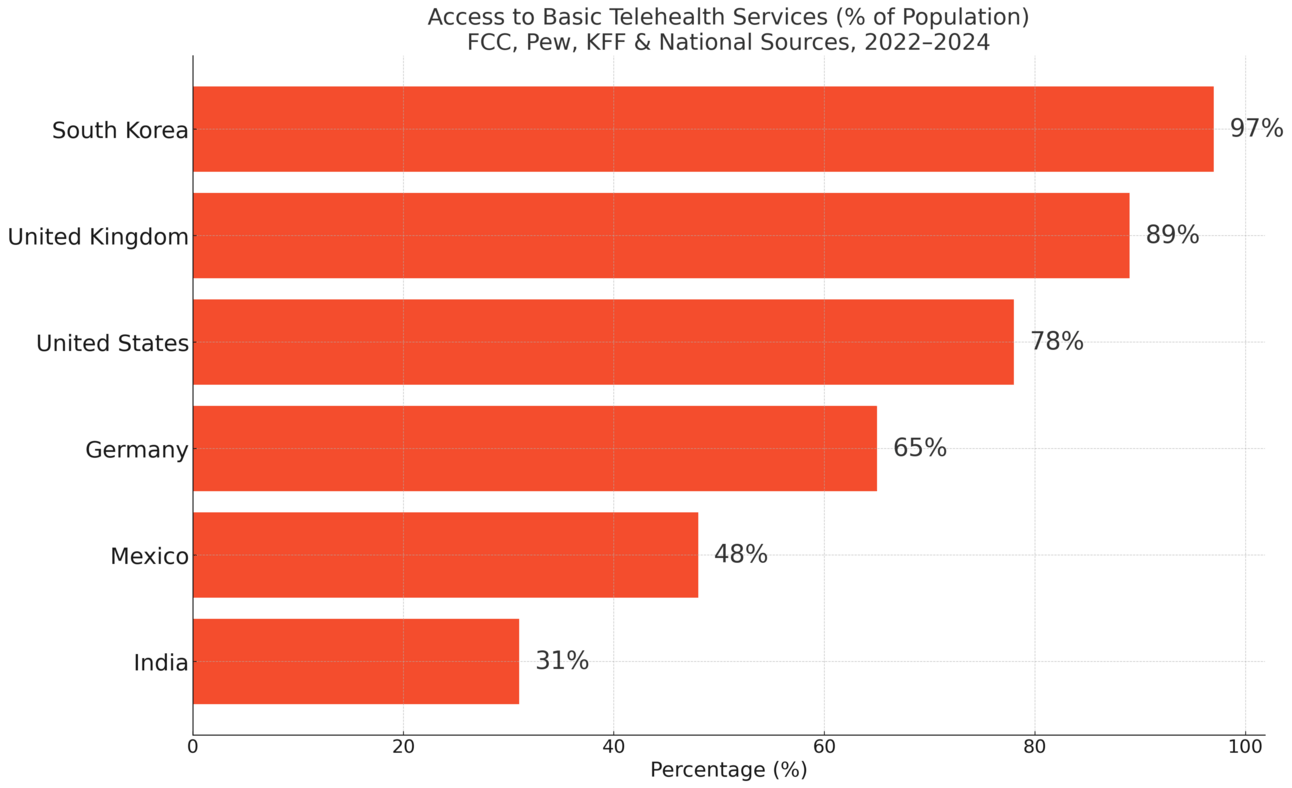
In a country known for cutting-edge robotics and engineering, you might expect health tech to be miles ahead. But Japan’s healthcare digitalization has lagged—until recently.
Cultural factors like a preference for in-person care, strict data regulations, and reliance on fax machines (!!) slowed innovation. However, an aging population (nearly 30% over age 65) is forcing change. Telemedicine reforms and digital ID integration are now underway.
Japan’s lesson? Tech advancement doesn’t guarantee adoption—especially when tradition, policy, or privacy anxieties get in the way.
🖨️ Little-Known Fact: Until 2022, more than 90% of Japanese medical institutions still used fax machines to share patient data.
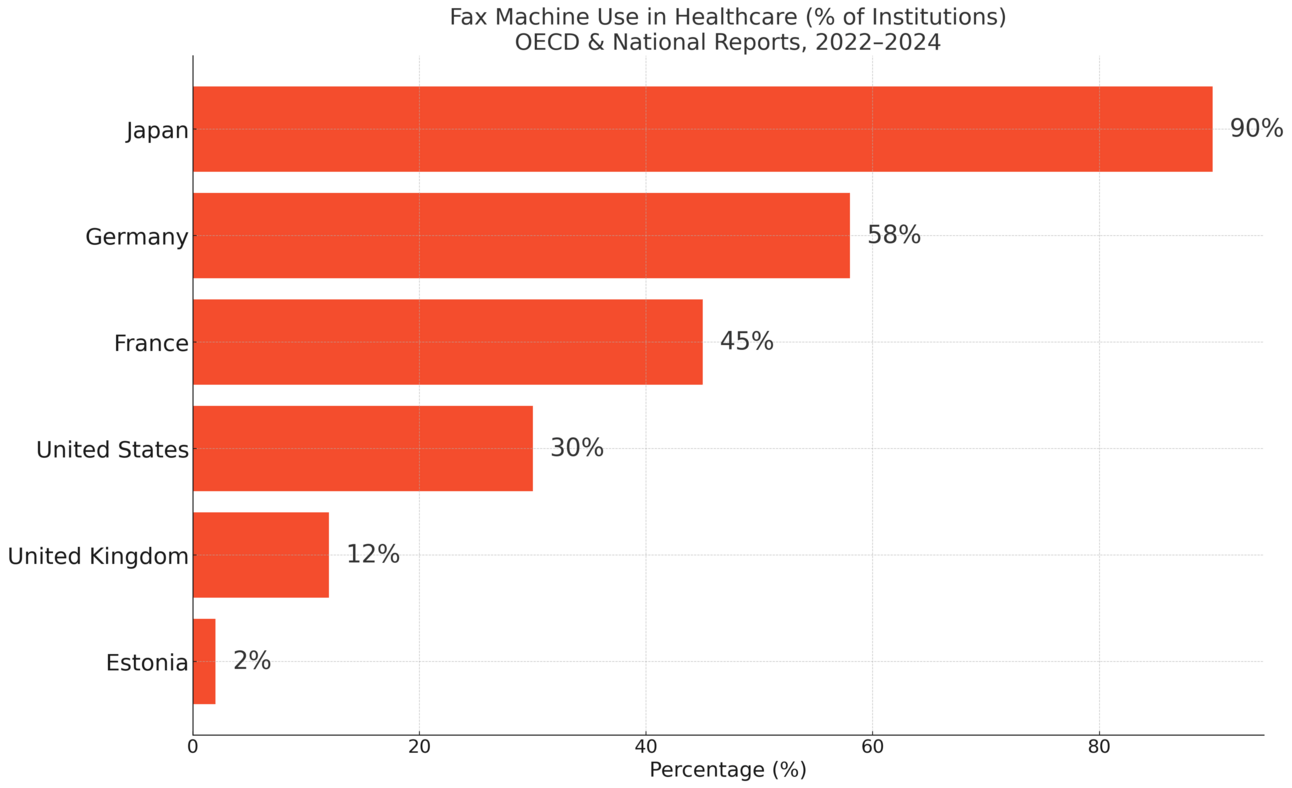
💡 Sponsored Insight: Your Income, Reimagined
Tired of guessing when the next market drop will hit—or when your portfolio will finally start paying you back?
MaxDividends offers a smarter way forward: a free newsletter focused on building steady, rising income through high-yield, dividend-growing stocks. No trading stress. No crypto hype. Just a proven approach trusted by over 48,000 readers.
If you want your money working while you sleep—not just waiting for the next bull run—this might be the most useful free resource you’ll read all year.
When you think of digital health leadership, Rwanda may not spring to mind—but it should.
Through partnerships with Zipline (for drone medicine delivery) and Babylon Health (AI-powered telehealth), Rwanda is skipping the analog phase and going straight to tech-enabled care. Rural areas now receive real-time consultations and life-saving medication by air.
This model—called “digital leapfrogging”—is especially promising for other developing nations looking to build smart healthcare from the ground up.
🚁 Fascinating Example: Zipline’s medical drones in Rwanda have flown over 22 million kilometers—delivering 75% of the country’s blood supply outside the capital.
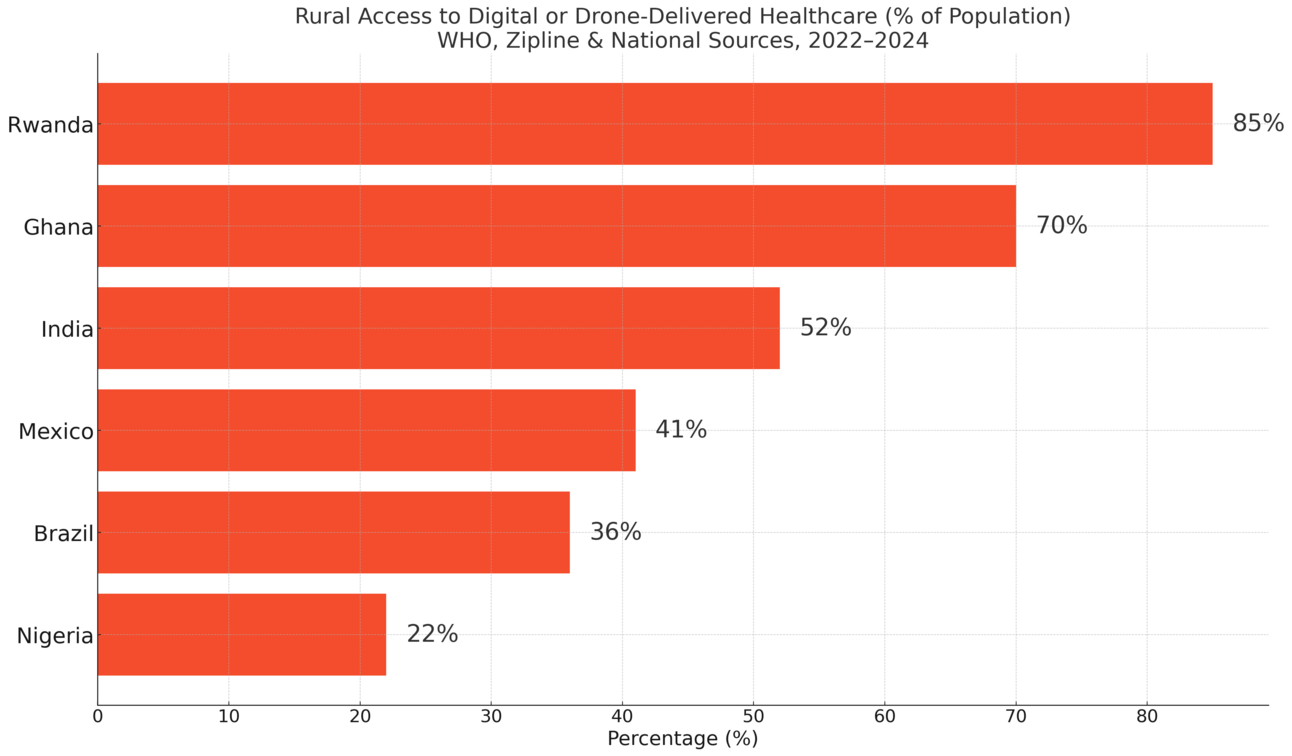
In 2020, Germany became the first country to allow doctors to prescribe digital health apps—with costs covered by insurance.
These “DiGAs” (Digitale Gesundheitsanwendungen) help patients manage everything from diabetes to anxiety. Once approved by health authorities, apps must prove their effectiveness within a trial year to stay reimbursable.
Though implementation has been slow, Germany’s digital health law may inspire other cautious nations to take similar steps toward evidence-based, app-driven care.
📱 Unexpected Insight: More than 100 digital apps are now prescribable by German doctors—with some boasting better outcomes than traditional treatments.
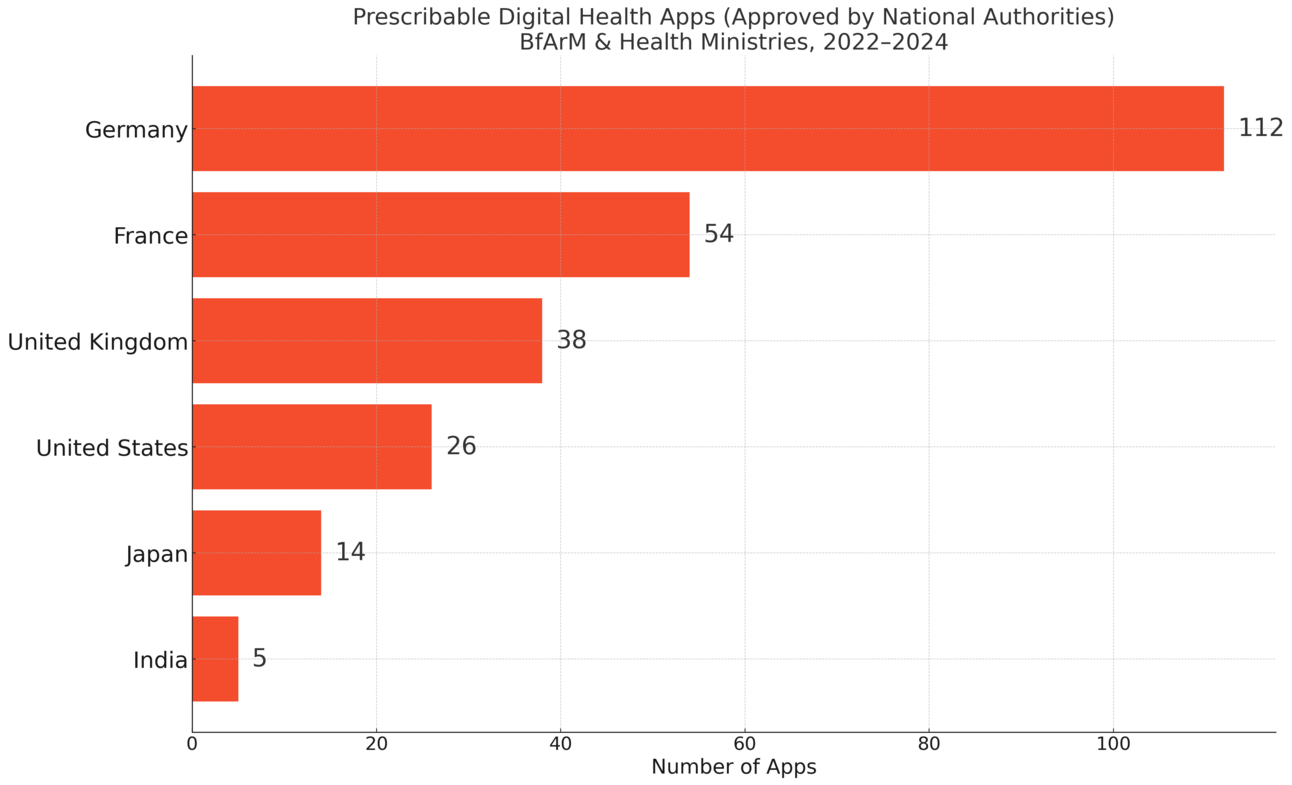
The UK’s National Health Service (NHS) has made waves in health tech—offering universal access to services like telehealth (via NHS 111), electronic prescriptions, and AI-driven symptom checkers.
Yet despite high innovation, implementation often falters under budget cuts and staff shortages. Promising pilots stall, and data integration across regions is still a major hurdle.
Still, the UK remains one of the few countries offering digital health at scale—without a price tag to patients.
📞 Insightful Contrast: In 2023, 90% of GP practices in England offered online consultations—yet nearly half of patients preferred phone or in-person due to tech fatigue or confusion.
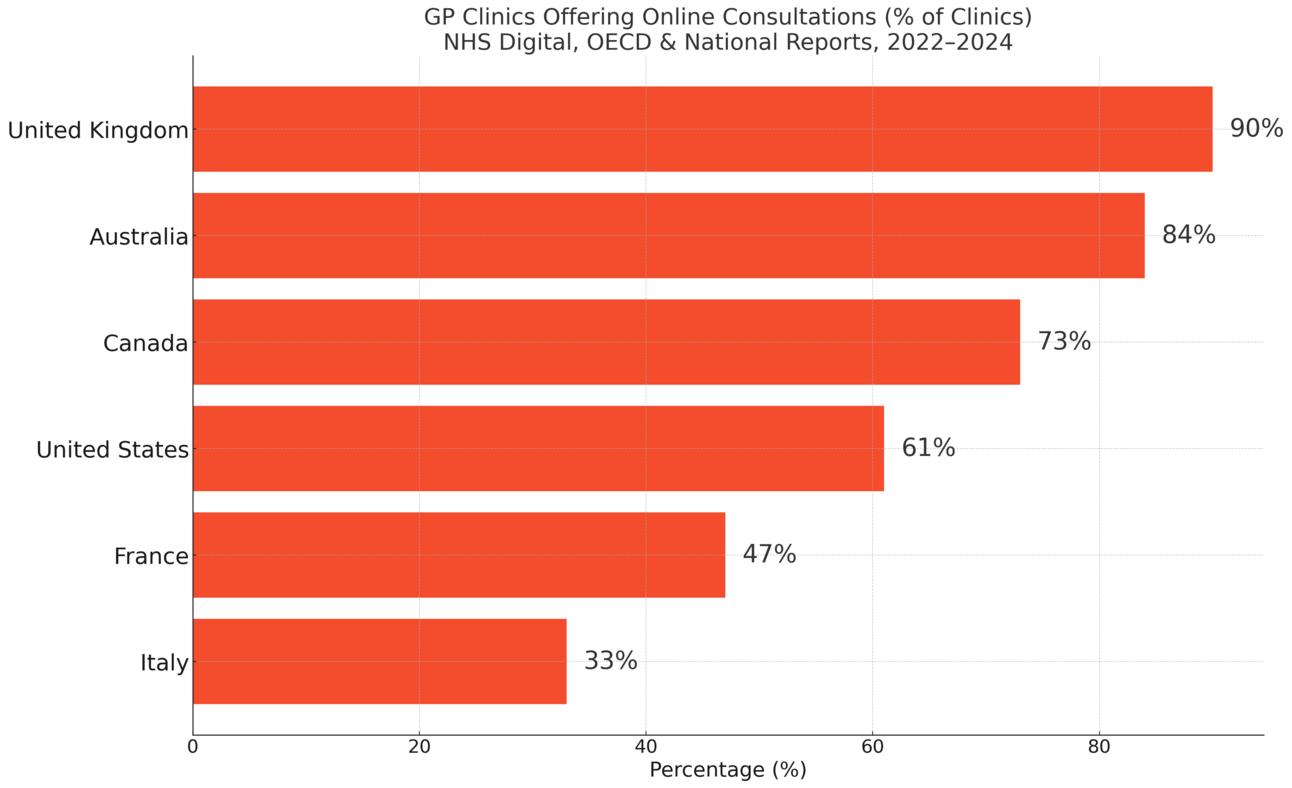
This isn’t just a story of tech—it’s a story of access, equity, and quality of life.
If you’re considering retiring abroad, relocating for work, or simply seeking better care, digital health should be on your radar. Countries that support virtual consultations, AI screening, and mobile prescriptions can offer faster diagnoses, lower costs, and broader access—especially if you’re managing a chronic condition.
On the flip side, in countries without strong digital health infrastructure, you might face longer wait times, more paperwork, or limited care in rural areas.
📈 Future Forecast: By 2030, the World Health Organization estimates that half of all healthcare services in high-income countries will be delivered through digital platforms. Will your destination be ready?
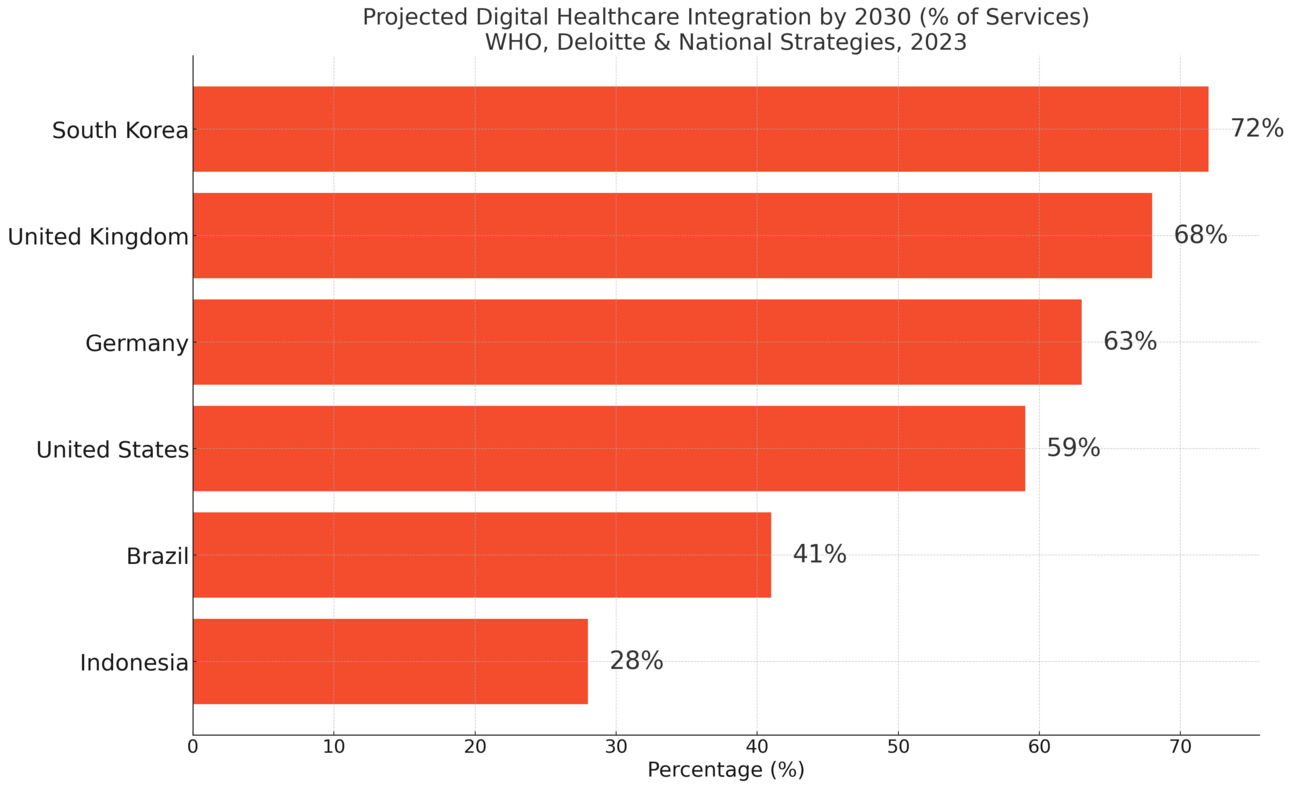
The future of healthcare isn’t just clinical—it’s digital, dynamic, and frankly, unequal.
From Estonia’s AI clinics to Rwanda’s medical drones, the gap is growing. And whether you’re planning a move, investing in longevity, or simply seeking better care, knowing who’s ahead can shape smarter choices.
Stay sharp. Stay curious. And go where the care is catching up to the times.
Warm regards,
Shane Fulmer
Founder, WorldPopulationReview.com
P.S. Want to sponsor this newsletter? Reach 123,000+ global-minded readers — click here!
